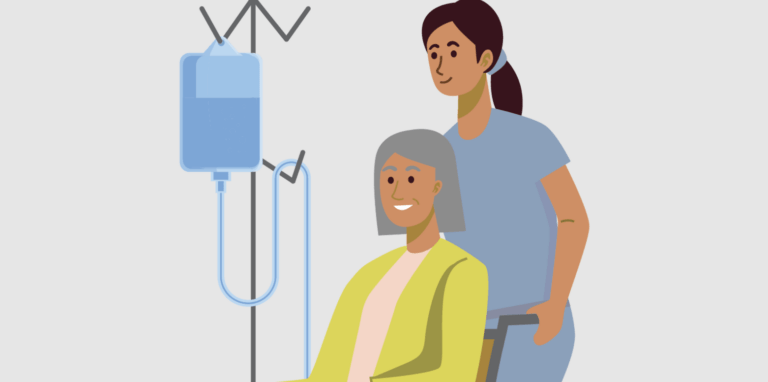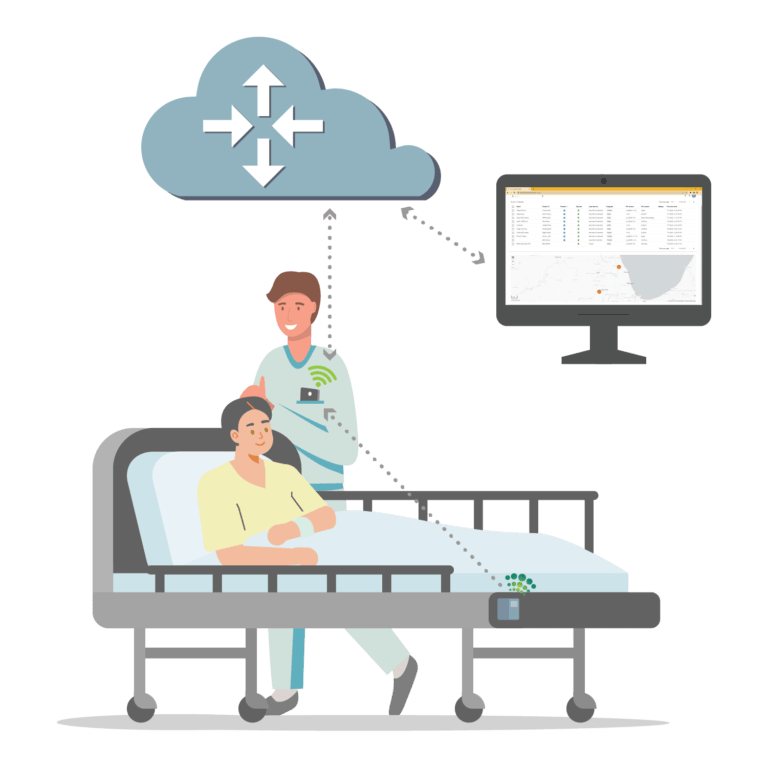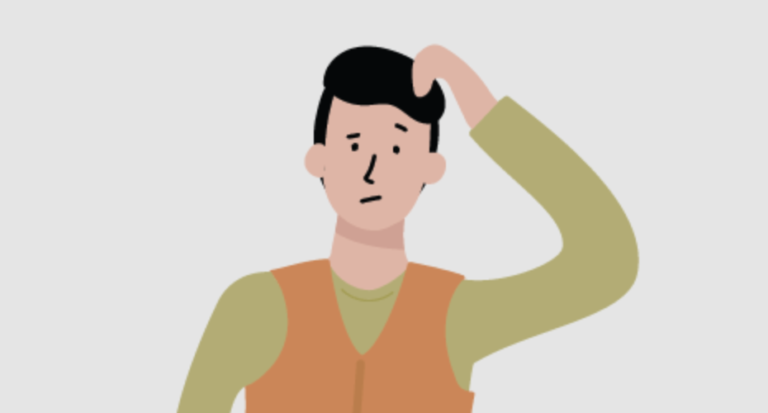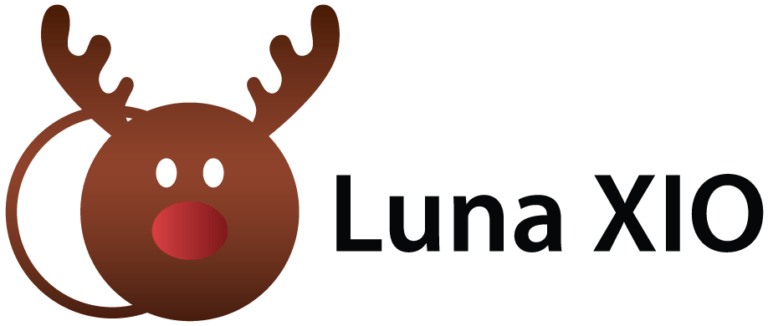From Paperwork to Patient Work: Leveraging Technology for Better Healthcare Skill Mix Analysis
New technologies make it easier to analyze time spent at patient bedside, reduce paperwork for staff, and deliver better healthcare for everyone
It’s vitally important in home healthcare to track and manage who is at a patient’s bedside and for how long. But having care workers track their time in an app or record it in some kind of log is time consuming, and can be plagued with problems from inaccuracy to an inability to aggregate data together to get a picture of resources and costs.
It is important to recognize that our perception of time is often inaccurate. Think about the last thing you did–how long did it take? Even if you checked the time before and after, your estimate is probably off by a few minutes. Now, imagine you are a home healthcare nurse on your fifth visit of the day. You’ve tried to document each visit, but an unexpected delay with one patient forced you to rush to the next appointment, and you forgot to note your exact departure time.
Later, as you update your log, you estimate the times, potentially being off by a few minutes here and there. While this may seem trivial, these estimations, especially when manually logged by hundreds of employees, add up. A few minutes here and there multiplied by hundreds of people makes a significant difference. And this goes right to the next challenge: making sense of the data.
Managed care companies face huge challenges making sense of their data. While many business intelligence systems aggregate data from the field, if the accuracy of this data remains questionable, then the conclusions drawn can be just as inaccurate. Are summaries based on estimations good enough to:
- Ensure proper reimbursement for each visit?
- Accurately compensate employees?
- Track Clinical vs. Admin vs. “Windshield time”
- Dispatch the appropriate disciplines for the right calls?
- Effectively manage the workloads and schedules of hundreds of employees whose primary goal is to care for others?
What’s needed is a solution to automatically track:
- The healthcare worker’s role and skill classification
- Location and patient information
- Time spent at the bedside
…all without burdening already overtaxed home health nurses and other staff with extra administrative workload, and have the data securely and automatically transmitted through the cloud to your systems for collection, tabulation, and analysis to build a complete profile of how much care each patient is getting. Connecting the staff member to the patient with accurate logs of time spent caring for them cracks one of the toughest nuts in the healthcare system: the skill mix analysis.
The healthcare skill mix analysis challenge
How do you track and make sure you know who cared for which patient and for how long? How do you make sure that you’re allocating the right resources to the right patients? And, importantly, how do you make sure you’re correctly reimbursed for all the work your healthcare workers do? Are you getting credit for all the skilled nursing care you’re delivering?
Conducting a healthcare skill mix analysis answers all those questions. All you have to know is how long each skilled care worker spent with each patient and tabulate it. Seems like a simple task, if you have logs and know who cared for who and for how long. However, for many providers, much of the work is manual, inefficient, and error-prone. Even large healthcare organizations, with complex backend systems, have to wonder, “Are we seeing the complete picture? Are we under-billing? With better resource allocation, could we be giving patients more and better care?”
Why this is important to delivering better healthcare
Healthcare resources are stretched everywhere. You need to make sure you have the right people allocated the right way to make sure you can help and care for as many people as possible.
Cost savings and cost recovery mean more money for patient care. Saving care workers time on administrative tasks, means they have more time to spend with patients. Accurate reporting means accurate reimbursements. Small changes can make a big difference. A few additional dollars recovered from each nurse or health aid can fund hiring more people.
But none of that works without reliable and accurate data.
New technologies can deliver reliable and accurate data
Bluetooth Low Energy (BLE) beacons that connect with a simple app on the healthcare worker’s phone can deliver accurate, auditable logs that automatically track time at bedside, and provide the system with confirmation on who is providing the care. BLE sensors are small, inexpensive, and have a long battery life. A small sensor placed alongside a patient’s health records binder can communicate via an app on a healthcare worker’s phone without additional hardware. Everything is powered from the sensor and the healthcare worker’s phone. The data is automatically transmitted securely over the cloud to your own servers. There is nothing for patients or caregivers to set up.
Because the data is gathered automatically from hardware to hardware, there is no question of who was with a patient and for how long.
Real-world test shows promising results
In a recent test, BLE beacons connected to the Luna app on employee phones were able to accurately track time at bedside, even accounting for times someone has to be away but still giving care–like getting refrigerated medications or other equipment.
The BLE beacon and Luna app works without the patient or nurse needing to touch, pair, or configure anything. The entire connection request, sync, and transmission is handled automatically. The only hardware needed is a smartphone with the Luna app and preset BLE beacons.
This is crucially important to deploying this solution at scale. Not only is the data handled transparently, the implementation costs are low and time needed to implement the Luna system can be measured in days, not months.
Once the data has been transmitted, business rules and logic can be applied to account for all the tasks a healthcare worker does for their patient, including time caring for a patient, but not directly at the bedside. The first proof-of-concept tests have been extremely encouraging for not only solving the healthcare skill mix analysis challenge, but for using the same technology to provide better care over all.
Luna XIO is at the forefront of solving tough problems at bedside
Tracking time and location is just the beginning of how having a link to data at a patient’s bedside can transform healthcare and Luna XIO is at the forefront of this transformation.
Imagine this: a nurse visits their patient. As soon as the nurse is close to the patient, the Luna app starts recording the time with the patient. Then the patient’s glucose monitor, CPAP, blood pressure cuff, and even devices like pacemakers, start sending data via the Luna app. The nurse doesn’t have to do anything, everything is automatic and data is sent to the patient’s online records. The nurse does their usual checks, but the entire record, and even alerts to specialists, are already being transmitted. Doctors and healthcare workers can get up-to-the-minute information about their patients to track their recovery or monitor for complications.
Luna XIO has pioneered using BLE sensors and beacons to securely and automatically gather data from a wide range of devices. From hand-held scanners to smart shipping labels, Luna’s award-winning Bluetooth to cloud protocol is changing how we think about and manage data.
Interested in learning more? Schedule free consultation to find out how Luna can help streamline and optimize your healthcare visibility.








One Comment
Comments are closed.